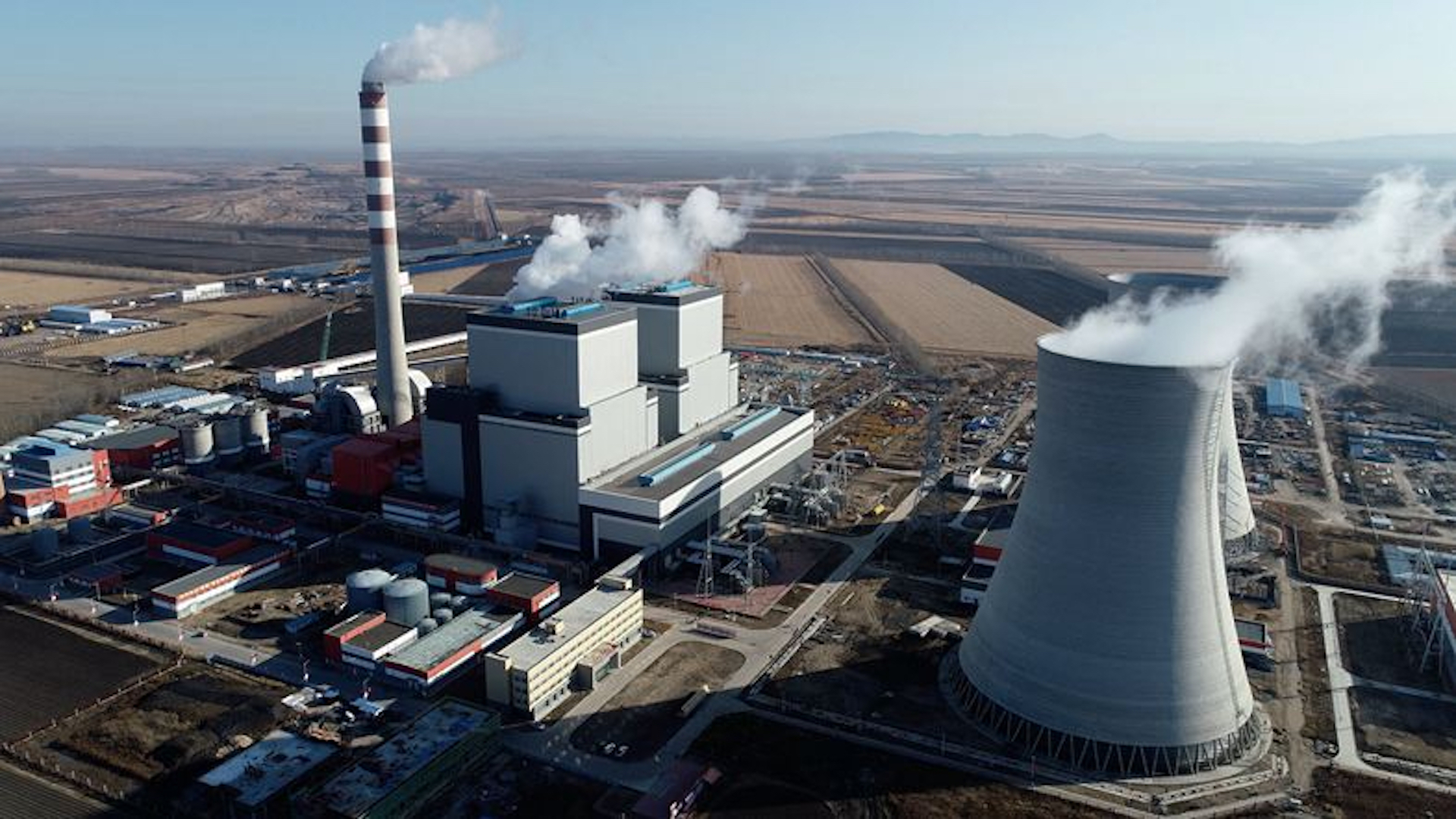China’s clean energy conundrum
Climate change looms over China’s population and resources, but cutting carbon may not be as important as the nation’s top priority: security.

China is under considerable threat from climate change, ranging from food security to extreme weather, according to a new report released by the United Nations’ Intergovernmental Panel on Climate Change (IPCC). A few pertinent findings:
- More than 5 million residents and roughly 25% of the coastline in China are in highly vulnerable areas, with numbers expected to double in the next 80 years.
- China will suffer the world’s biggest economic losses as a result of rising sea levels and the resulting floods.
- Guangzhou, in particular, is said to be the most economically vulnerable city in the world to rising sea levels in the next three decades, with estimated losses of $254 million per year under a 1.5°C warming.
- Annual heat-related deaths in 27 major Chinese cities is projected to nearly double, from 32.1 per million people annually in 1986–2005 to 48.8–67.1 per million for 1.5°C warming, without adaptation. This number increases to 59.2–81.3 per million for 2°C warming.
China news, weekly.
Sign up for The China Project’s weekly newsletter, our free roundup of the most important China stories.
Despite a push toward carbon zero, China still relies heavily on coal. Though Beijing committed last year to stop financing overseas coal projects, China’s energy sector, the world’s largest producer of coal, still accounted for about a fifth of total global methane emissions from oil, gas, coal, and biomass in 2021 — over 50% more than the next-largest emitters (U.S. and Russia).
- Chinese power and steel firms continue to invest in coal-based production capacity at alarming rates, a Centre for Research on Energy and Clean Air report (English, Chinese) finds.
- Dependency on fossil fuels was as high as 88.3% in China, compared with 72.3% in India, 89.6% in Japan, and 82.8% in Korea in 2013, per the IPCC report. However, the share of coal in China’s primary energy consumption is forecasted to sharply decline by about half.
“Security” is what Vice Premier Hán Zhèng 韩正 touted on energy at the annual “Two Sessions” meetings this past week. China’s overarching guideline is to transform energy “in an orderly manner,” after a severe power crunch last year threatened global markets and Chinese citizens alike, raising concerns over the degree to which the government will commit to capping emissions.
- China’s National Development and Reform Commission approved two billion-dollar coal mines in the northwestern province of Shaanxi and another in Inner Mongolia last month, per Bloomberg.
- China and India watered down the “phase-out” of coal to “phase-down” of coal at the COP26 climate summit agreement last year.






